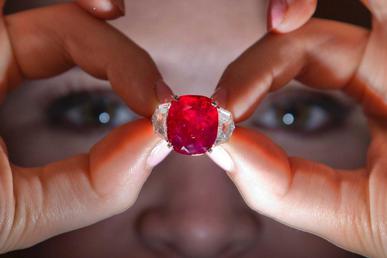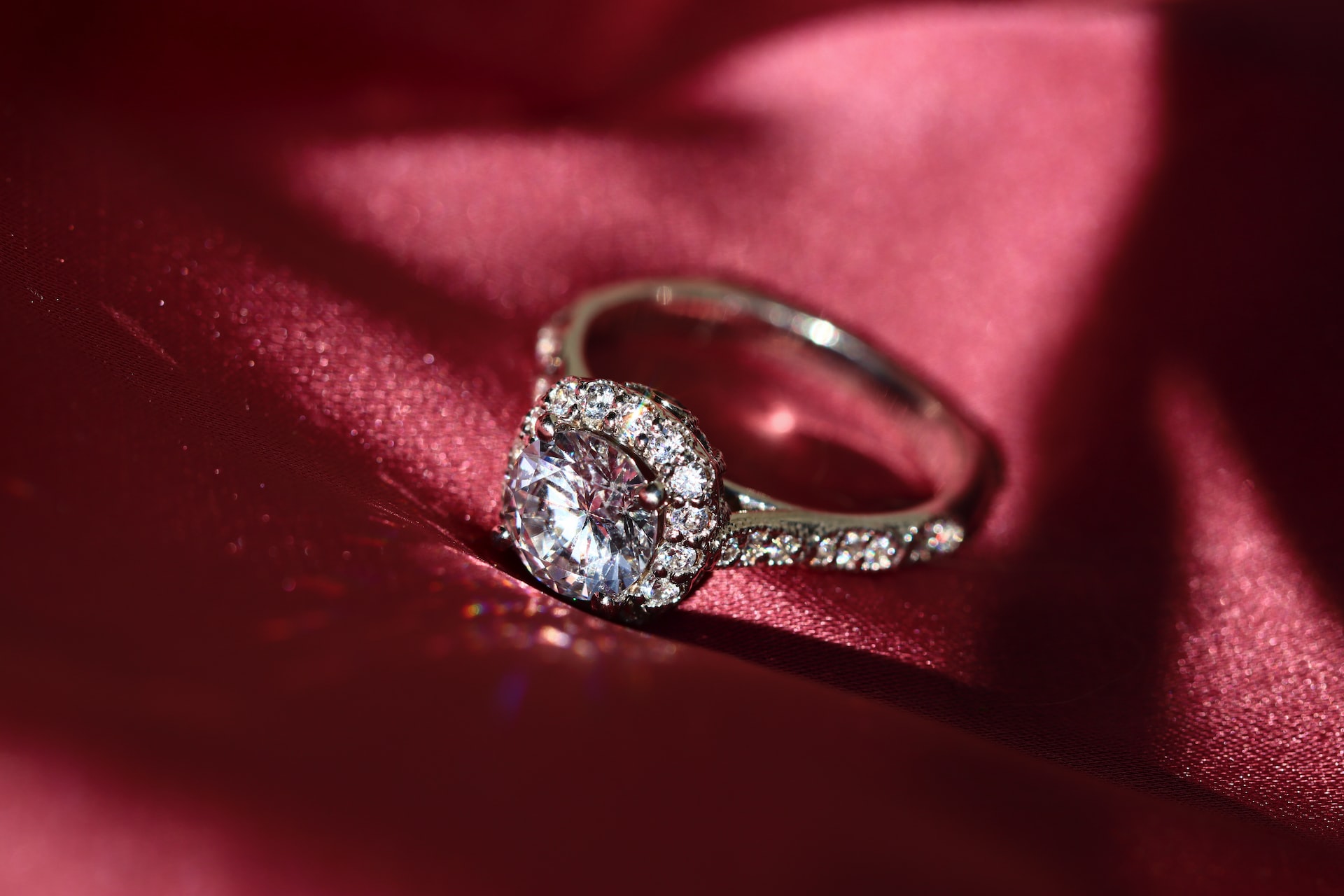Gemstones are a timeless treasure that has been prized for their beauty and rarity for centuries. Whether you’ve inherited a piece of jewelry or have stumbled upon a gemstone while rock hunting, it’s essential to get your gemstone identified to determine its true value and authenticity. But where do you go to get your gemstones identified?
The Best Places to Get your Gemstones Identified
- Gemological Institute of America (GIA): The GIA is one of the most respected organizations in the gemstone industry. They offer gemstone identification services at several locations around the world, as well as through an online submission process. Their services are particularly useful if you need identification for insurance or appraisal purposes.
- American Gemological Laboratories (AGL): AGL is a trusted organization that specializes in identifying colored gemstones. They offer a range of services, including identification, grading, and certification. AGL is particularly helpful if you have a colored gemstone that you need to verify or authenticate.
- Local gem and jewelry stores: Many local gem and jewelry stores have experienced gemologists on staff who can identify your gemstones. They may also have the equipment to test for specific properties, such as hardness or refractive index. Local stores are particularly useful if you need quick and easy identification.
- Online gemstone identification services: There are several online services that offer gemstone identification, including GemstoneID and GemologyTools. These services often use photographs and descriptions to identify your gemstone and can be useful if you’re unable to visit a physical location.
- Independent gemologists: If you have a particularly valuable or unique gemstone, you may want to consider an independent gemologist. These professionals offer objective and unbiased evaluations of your gemstone and can often provide a more detailed identification than other options.
 How can you Identify Gemstones?
How can you Identify Gemstones?
- Visual inspection: The appearance of a gemstone can often provide clues to its identity. Gemstones can vary in color, clarity, and other physical properties, which can be used to identify the stone. In addition, certain gemstones have unique optical properties, such as double refraction, which can be observed with a magnifying lens.
- Hardness test: The hardness of a gemstone can be determined using the Mohs scale of mineral hardness. This scale rates the hardness of minerals on a scale of 1 to 10, with 10 being the hardest (diamond). By testing the hardness of a gemstone, you can determine whether it is a softer stone, like calcite or fluorite, or a harder stone, like sapphire or ruby.
- Specific gravity test: The specific gravity of a gemstone can also provide clues to its identity. Specific gravity is a measure of the density of a substance, and different gemstones have different specific gravities. By measuring the weight of a gemstone and comparing it to its volume, you can determine its specific gravity and use this information to identify the stone.
- Refractive index test: The refractive index of a gemstone is a measure of how much light is bent or refracted as it passes through the stone. Different gemstones have different refractive indices, which can be measured using a refractometer. By measuring the refractive index of a gemstone, you can narrow down its identity to a specific group of gemstones.
- Chemical tests: Chemical tests can also be used to identify gemstones. For example, the presence of specific elements or compounds can indicate the identity of a gemstone. However, chemical tests are usually reserved for advanced gemological testing and are not commonly used for routine identification.
Properties of Gemstones
- Hardness: Gemstones vary in hardness, or resistance to scratching, on the Mohs scale of mineral hardness. Diamonds, for example, have a hardness of 10, making them the hardest known mineral, while softer stones like talc have a hardness of 1.
- Color: Gemstones can come in a wide range of colors, from clear to opaque and from pale to intense hues. Some gemstones, like diamonds, are valued for their lack of color, while others, like sapphires, are prized for their rich, saturated hues.
- Clarity: The clarity of a gemstone refers to how free it is from inclusions and other imperfections. Stones with high clarity are more valuable than those with visible inclusions or flaws.
- Cut: The cut of a gemstone refers to its proportions, symmetry, and overall finish. A well-cut gemstone will have optimal light reflection and refraction, making it more brilliant and valuable.
- Transparency: Gemstones can be transparent, translucent, or opaque, depending on how much light is able to pass through them. Transparent stones, like diamonds, are more valuable than opaque stones, like turquoise.
- Refractive index: The refractive index of a gemstone measures how much light is bent or refracted as it passes through the stone. Different gemstones have different refractive indices, which can be used to help identify them.
- Specific gravity: The specific gravity of a gemstone measures its density relative to water. This property can be used to distinguish between similar-looking gemstones.
- Fluorescence: Some gemstones exhibit fluorescence or the emission of visible light when exposed to ultraviolet light. This property can be used to help identify certain gemstones, like diamonds.
 So, Where to Get Gemstones Identified?
So, Where to Get Gemstones Identified?
In conclusion, identifying gemstones can be a complex process that requires a combination of observation, measurement, and knowledge of gemological properties. Gemstones are prized for their unique physical and optical properties, including hardness, color, clarity, cut, transparency, refractive index, specific gravity, and fluorescence. By understanding these properties and working with a qualified gemologist, you can accurately identify your gemstones and understand their value and significance. Whether you are a collector, investor, or simply a lover of beautiful stones, understanding the properties of gemstones is an essential part of appreciating these treasures of the earth.
You want to know how you can tell whether you have a real gemstone or not? Read it here.
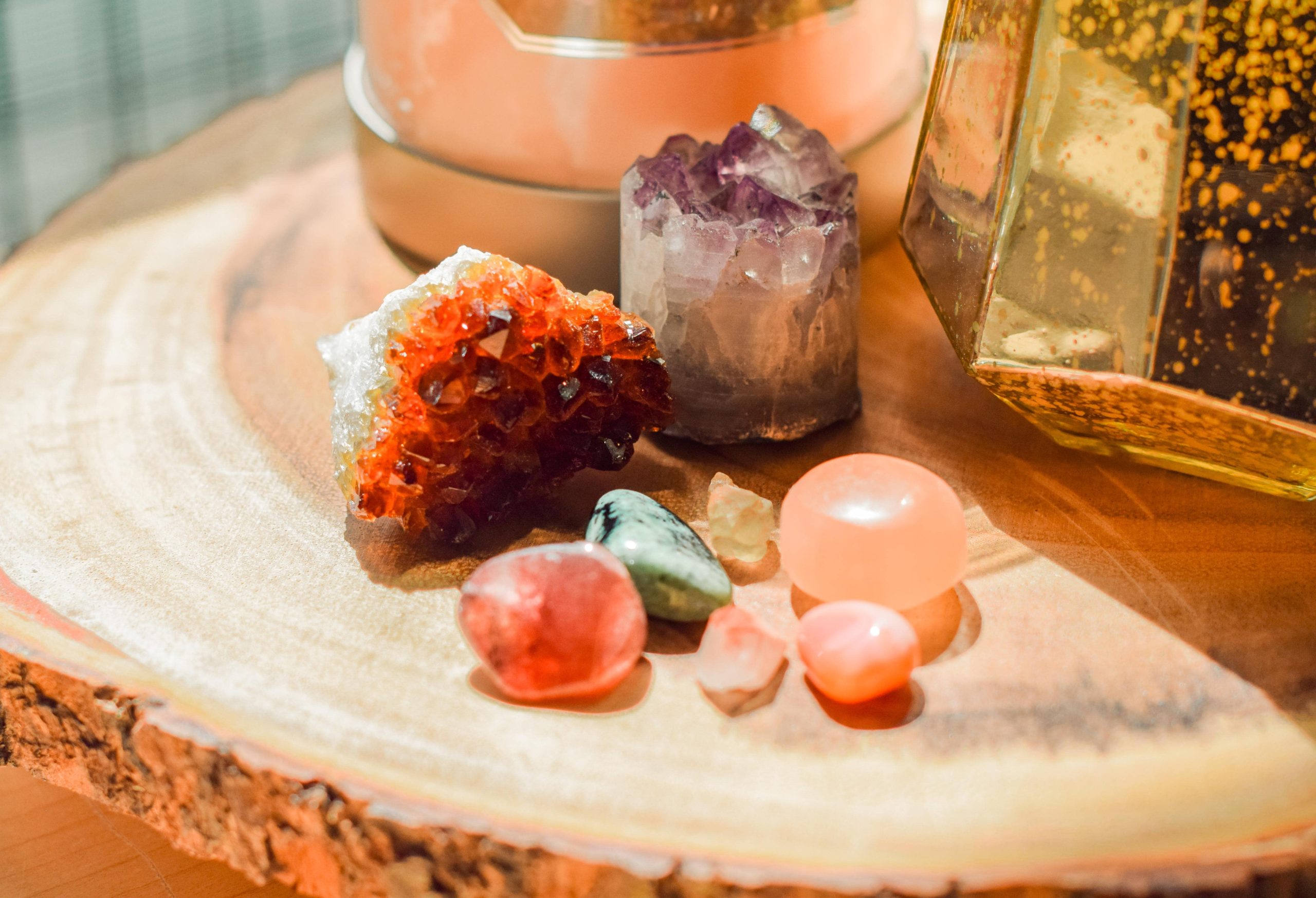

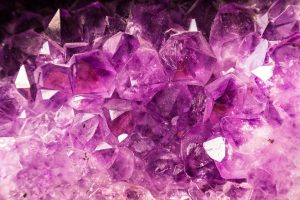 How can you Identify Gemstones?
How can you Identify Gemstones?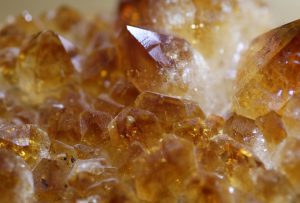 So, Where to Get Gemstones Identified?
So, Where to Get Gemstones Identified?